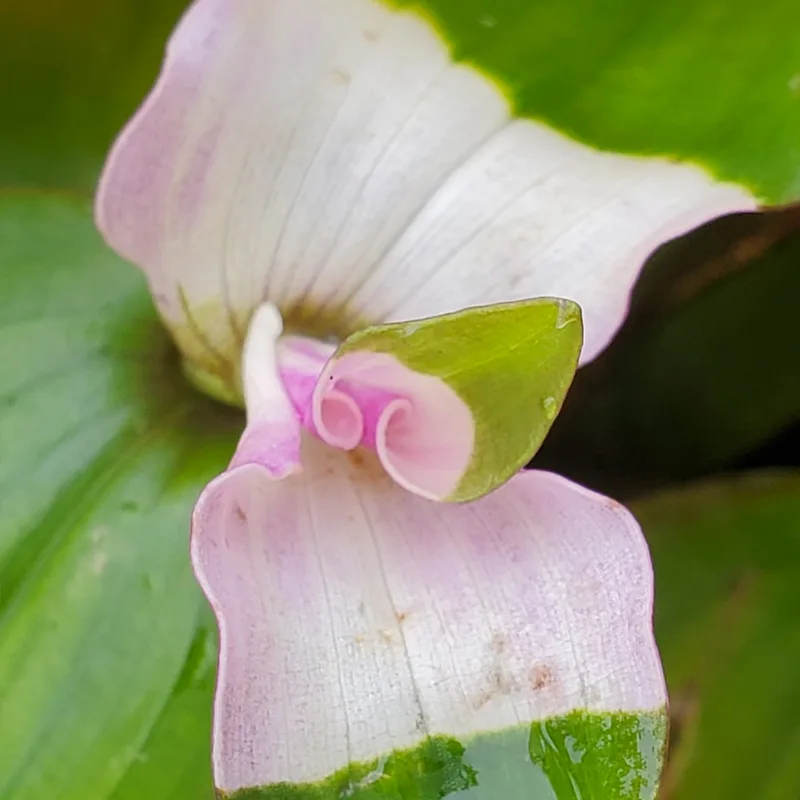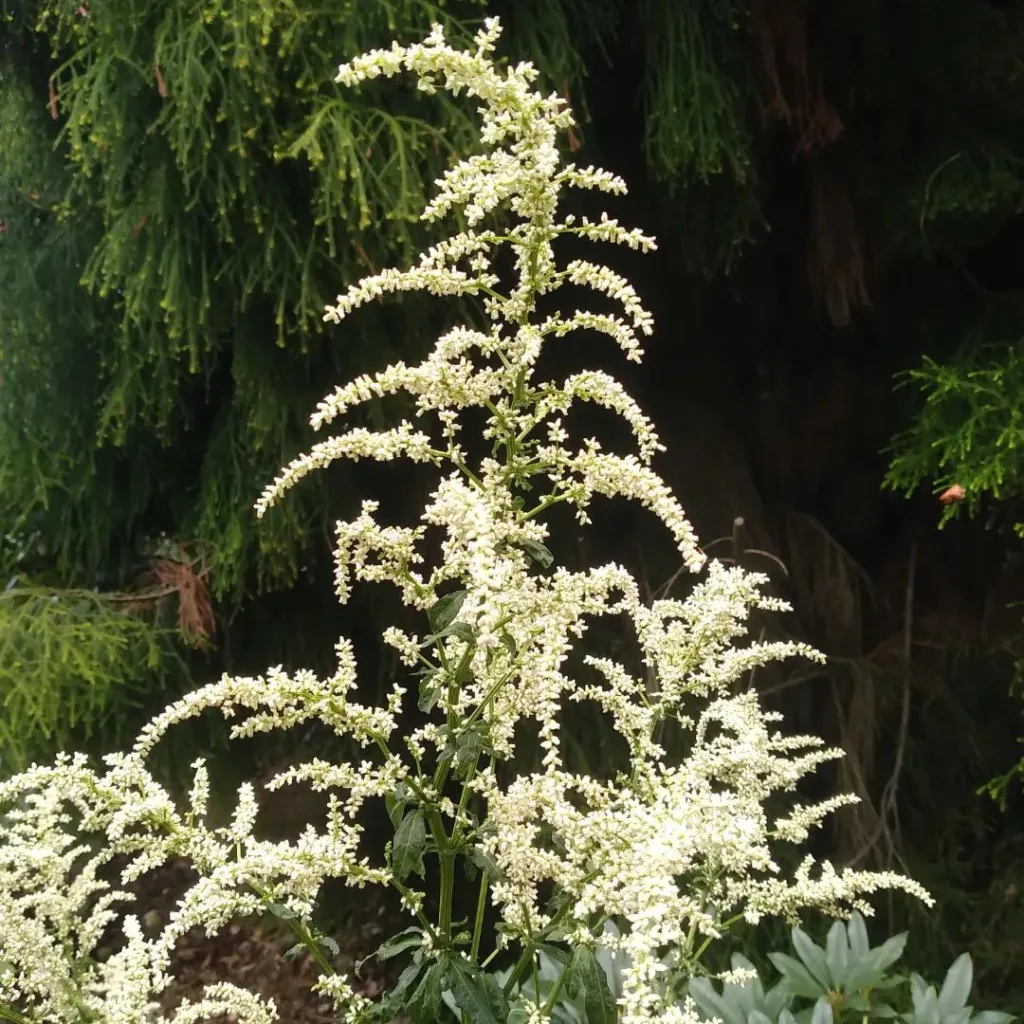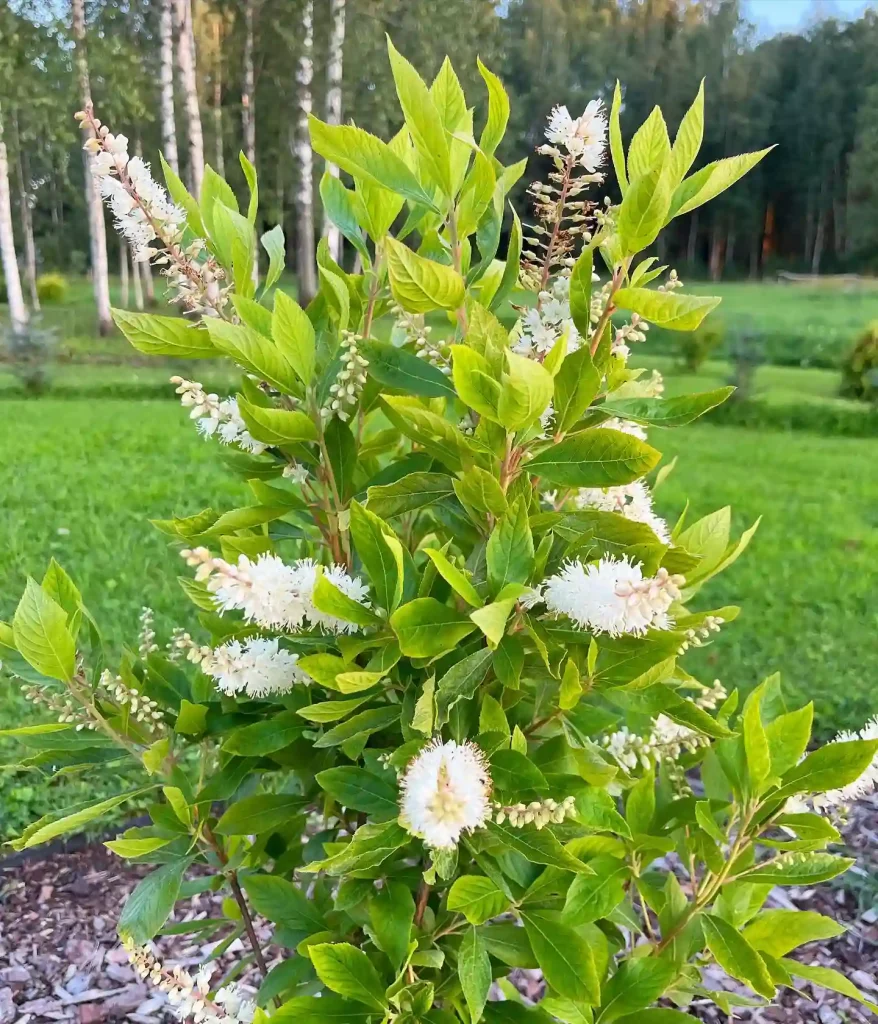FAQs About Katie Ruellia: Care, Pruning, and Winter Behavior
When it comes to my garden, one of my favorite low-maintenance plants is Katie Ruellia. It’s a versatile and hardy perennial that works wonders in various climates, especially in warmer regions like Phoenix. I’ve gathered some of the most frequently asked questions about Katie Ruellia based on my experiences, and I’m here to share some answers.
366 Species in Genus Ruellia
What Does Katie Ruellia Look Like in Phoenix During the Winter?
Katie Ruellia is a resilient plant, but winters in Phoenix can still be tough on it. In the colder months, especially during December and January, the plant tends to lose its lush, green vibrancy and can look a bit withered. The foliage may turn brown, and the growth might slow down significantly. While it might not die off completely, the winter appearance can be less appealing than in the spring or summer when it’s in full bloom with beautiful purple flowers. However, Katie Ruellia often bounces back as temperatures rise, with new growth emerging in spring.
Can Ruellia Katie Be Cut Back?
Yes, absolutely! Pruning Katie Ruellia is not only possible but often necessary to keep it looking tidy and healthy. I usually cut mine back in late winter or early spring before new growth starts. Cutting back helps to encourage fuller growth and more abundant blooms later in the season. You can remove about one-third of the plant, and it will respond well by producing fresh, healthy shoots. Be sure to use clean, sharp pruning shears to avoid damaging the stems.
Should I Prune Katie Ruellia After a Freeze?
If you live in a region where winter freezes are common, you might notice some damage to your Katie Ruellia after the frost hits. Yes, you should prune Katie Ruellia after a freeze. In my experience, it’s best to wait until after the threat of frost has passed. You can trim back any damaged or blackened parts of the plant, which will allow it to focus its energy on healthy growth in the spring. If you’re in a climate like Phoenix, freezing is rare, but it does happen occasionally. After a freeze, I recommend cutting away any frost-damaged leaves and stems, as they won’t recover.
Is Katie Ruellia Poisonous to Dogs?
One of the most important things to consider if you have pets is whether a plant is toxic. I’ve done some research on Katie Ruellia, and it appears to be non-toxic to dogs and other pets. This makes it a great addition to your garden if you have pets that tend to explore your plants. I’ve never had any issues with my own dogs, and I feel comfortable planting it in areas they have access to.
How Do You Care for Katie Ruellia?
Katie Ruellia is a low-maintenance plant, but it still requires some care. I usually plant mine in well-draining soil and make sure it gets plenty of sunlight, as it thrives in full sun or partial shade. Watering is key, especially during the hot summer months in Phoenix. However, I’ve found that once established, Katie Ruellia can handle drought conditions pretty well. It’s not very fussy and doesn’t require a lot of fertilizer. A little compost in the spring is usually enough to keep it happy.
Can You Grow Katie Ruellia Indoors?
While Katie Ruellia is mostly known for being an outdoor plant, it’s possible to grow it indoors. However, it requires plenty of bright light to thrive indoors. If you have a sunny window or can provide it with artificial grow lights, it should do fine. Personally, I prefer growing it outside, as it can spread and show off its blooms more easily in a natural setting. Indoors, it may not bloom as frequently, but it can still serve as an attractive green plant with occasional purple flowers.
How to Propagate Katie Ruellia?
Propagating Katie Ruellia is relatively simple, and I’ve had great success with it. You can propagate through division or cuttings. For division, I usually dig up a clump of the plant and gently separate it into smaller sections, each with its own roots. You can then plant these sections in different areas of your garden. Cuttings are another option; simply snip a healthy stem, remove the lower leaves, and place it in water or soil. Within a few weeks, roots should form, and you’ll have a new Katie Ruellia to plant.
What to Plant With Katie Ruellia?
Katie Ruellia pairs well with a variety of other plants. In my garden, I like to plant it alongside lantanas and salvias, as they have similar light and water requirements. The contrasting colors and textures make for a visually appealing garden bed. If you want to create a butterfly-friendly garden, planting it near nectar-rich flowers like coneflowers or milkweed can attract more pollinators.
Common Problems with Katie Ruellia
Katie Ruellia is generally a tough plant, but it does have a few common issues. One problem I’ve encountered is powdery mildew, especially if the plant doesn’t get enough airflow. Keeping the plants spaced out and trimming them back helps prevent this. Occasionally, I’ve noticed aphids on the leaves, but these can be controlled with insecticidal soap or a strong spray of water. Overwatering can also lead to root rot, so it’s important not to let the soil become too soggy.
How Does Katie Ruellia Compare to Other Varieties?
Katie Ruellia is often confused with other Ruellia species, like Ruellia brittoniana. One key difference is that Katie Ruellia is more compact and dwarf-sized, making it ideal for smaller spaces or container gardens. It’s also less aggressive in its spreading habits, which I prefer because it doesn’t take over the garden like some other varieties can. Plus, the vivid purple flowers are just stunning!
Katie Ruellia has been a reliable and beautiful addition to my garden, and with proper care, it will thrive in almost any environment. From winter pruning to propagation, I’ve enjoyed experimenting with this plant, and it continues to reward me with lush foliage and bright blooms.
If i die, water my plants!



